August 2018 marks 130 years since the city fathers laid the foundation stone for a new Hawthorn Town Hall, replacing the original building from 1861. Since 1888, this John Beswicke-designed building has been the centre of community life in Hawthorn.
The Hawthorn Historical Society, in collaboration with the Town Hall Gallery, is proud to present this interactive exhibition (pictured) to honour this building, and its history, and also pay homage to many Hawthorn citizens, whose stories have shaped Hawthorn’s sense of identity.
The exhibition explores how the Town Hall has accommodated the changing needs of a growing community. It has not only played an important role in fulfilling civic and municipal functions, but has also hosted arts and entertainment and has provided a venue, particularly in times of social tension and change, for members of the local community to express their opinions.
The Hawthorn Football Club has enjoyed a 116-year association with the Hawthorn Town Hall. The local newspaper, the Hawthorn & Camberwell Citizen, reported that on April 9th 1902 a meeting, attended by about 150 enthusiastic supporters of the game, was held at the Hawthorn Town Hall. Mr A. Kosky and Cr. Watts presented a report that lead to the formation of the Hawthorn Football Club that would go on to play in the Metropolitan Junior Football Association.
The Hawthorn Football Club has held all its Annual General Meetings at the Town Hall since 1902, with the exception of the years, 2012 and 2013, when they were held at the MCG whilst the Town Hall was under renovation.
Hawthorn's participation at the Town Hall is reflected in one of the major display cabinets, with photographs, annual reports and programs from the Kia-Ora Sports Parade, as well as a supporter’s club pennant from 1961.
In the late 1940s to mid 1950s, a very popular Friday night radio show for football fans was the Kia–Ora Sports Parade. Broadcast on 3KZ, club identity and HFC Life Member Max Reddy often compared these programs. Each VFL club was rostered with its own individual live show. These shows were recorded live across various town halls in Melbourne, with an audience made up of that team’s club supporters. One of the many highlights of Hawthorn’s show was the annual Can Can dance presented by the players in typical Tivoli Girls costumes of the period, with choreography by Hawthorn Captain, Peter O’Donohue. Teammate, Roy Simmonds, playing his banjo, led the supporters in singing popular songs of the day, concluding with a riotous version of the club theme song.
Other photos on display depict premiership captains, Graham Arthur, David Parkin and Michael Tuck. A local Hawthorn tradition was established in 1961, where the captain of the premiership team was made Mayor of the City of Hawthorn for a day and carried out Mayoral duties, dressed as the Lord Mayor. Long queues of excited Hawthorn supporters waited for autographs and photos of the successful Premiership Captains in their Mayoral finery.
On the day of the opening of this exhibition, the Hawks Museum curator met a very excited friend of the Hawks Museum – Gwenda Foard and her daughter. Gwenda, to her surprise, was also featured in the same cabinet as her favorite football club. On display are the lace gloves Gwenda wore when she danced with her future husband as she made her debut at the Hawthorn Mayoral Ball on May 20, 1952.
Also on display are some wonderful large historical photographs that document the local committees and organisations that also held functions in the Town Hall. In these photographs, one can see Hawthorn Football Club identities, Club President 1924 – 1931, J.W. Kennon, long-standing timekeeper, J.H. Raby, Committee members, R.G. Ramsey, E.S.A. Wickham and Bill Hulse, who held the No. 1 Club Membership ticket for over 50 years.
Another interesting feature to be seen is the series of filmed interviews of people who had a long association with the Town Hall. These interviews, produced by Libby Love of the Hawthorn Historical Society, include Alec and Janette Wathy, who lived at the Town Hall for 17 years in their roles as managers of the day to day activities of the Town Hall. Other interviewees include Sam Coffa, Olympic weightlifter and former Mayor of Hawthorn, Lindsay Paterson, a member of the Hawthorn Brass Band who is also a Friend of the Hawks Museum, and the Museum’s Curator, who reminisces on Hawthorn’s 116-year association with the Town Hall.
The Exhibition runs from: Saturday July 7 to Sunday August 26
Tuesday to Friday 10am – 5pm
Saturday and Sunday 11am – 4pm
Closed Mondays



